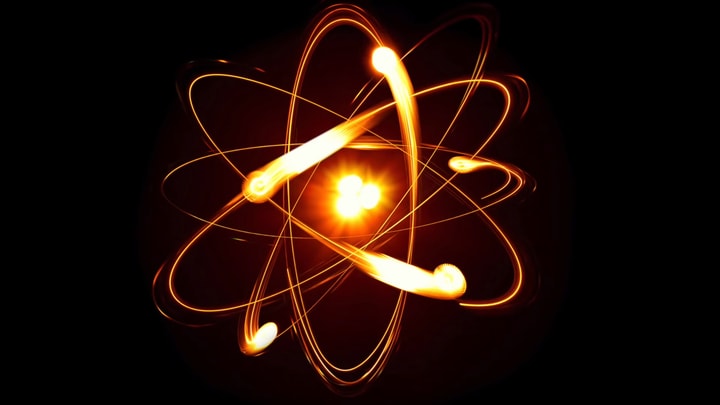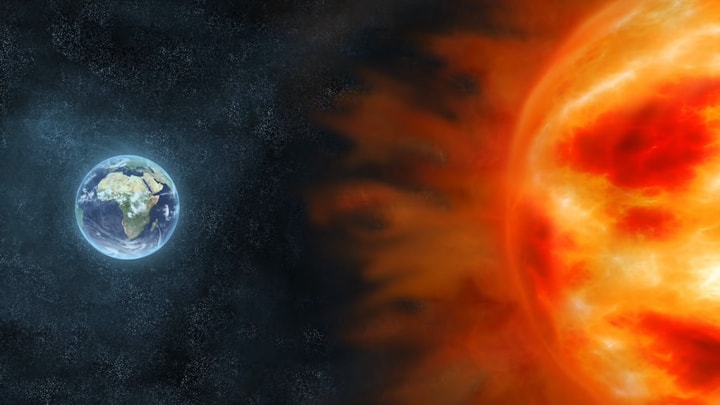To prevent the effects of climate change from escalating, we must move away from fossil fuels.
Climate change is a reality that threatens our future as a species. It is the result of our use of fossil fuels over the past centuries.
Burning coal or oil derivatives to produce energy has caused many changes that have shaped our society today, but it has also changed the climate of the planet.
This is because we have increased the amount of certain gases that help keep the Earth's atmosphere warm. One of these, carbon dioxide, is produced when fossil fuels are burned.
Although some of the consequences of climate change are already irreversible, we can still try to prevent its effects from becoming greater and more devastating.
To do this, the world's governments must commit to reducing carbon dioxide emissions, for which it is inevitable that we must move away from fossil fuels. But since we will continue to need energy, how can we obtain it?
Hydrogen
Hydrogen, unlike gases such as oxygen or nitrogen, is combustible. That is, it can ignite in the presence of an initial heat source and then produce thermal energy.
However, its combustion is considered cleaner because it produces water vapor rather than carbon dioxide.
That sounds very nice, but apart from the technical difficulties of using an explosive gas in a car engine, for example, it should be borne in mind that water vapor is also a greenhouse gas.
Wind
Wind energy is a renewable energy source that uses the power of the wind to generate electricity. The main means of obtaining it are wind turbines, "windmills" of variable size that transform the kinetic energy of the wind into mechanical energy with their blades. Wind energy can be obtained by installing wind turbines both on land and on the sea floor.
The waves
There is energy in the movement of everything: the so-called kinetic mechanical energy. And with the right processes, each type of energy can be converted into another.
Waves and tides have kinetic energy, which in this case is called tidal energy and can be used to turn turbines that generate electrical energy.
The sun
Beyond coal and gasoline, it's the sun's energy that really moves the earth. Thanks to sunlight, plants can produce oxygen and carbohydrates through photosynthesis, which serve as a source of chemical energy for plants and other organisms that feed on them.
Solar cells are designed to do something similar to what plants do: they convert sunlight into other forms of energy, such as electricity.
The interior of the earth
Our own planet is also its own source of energy: Inside the Earth there are numerous sources that generate heat, known as geothermal energy.
One only has to look at a volcanic eruption. However, one might also think that it is very difficult to harness this energy.
However, there are so-called geothermal reservoirs, which are sources of thermal energy from within the earth that can contain either thermal water or hot vapors.
Depending on the temperature, these reservoirs can be used either to distribute heat in heating systems or to drive turbines to generate electricity.
Here are the 5 alternatives the world should make more use of if we want to avoid climate catastrophe.

-quality(70)/cloudfront-us-east-1.images.arcpublishing.com/metroworldnews/OUCJYZRYJBFB5OOQ3VENI73IQM.jpg)


Comments
Post a Comment
You are welcome to share your ideas and thoughts with us in comments!